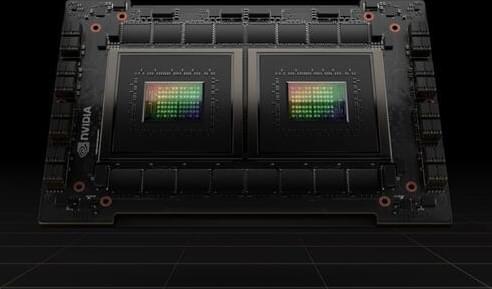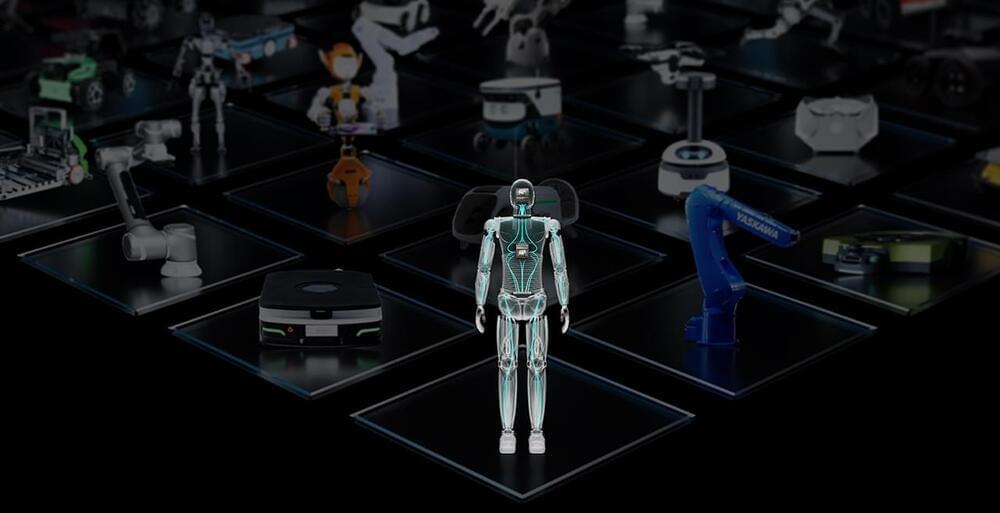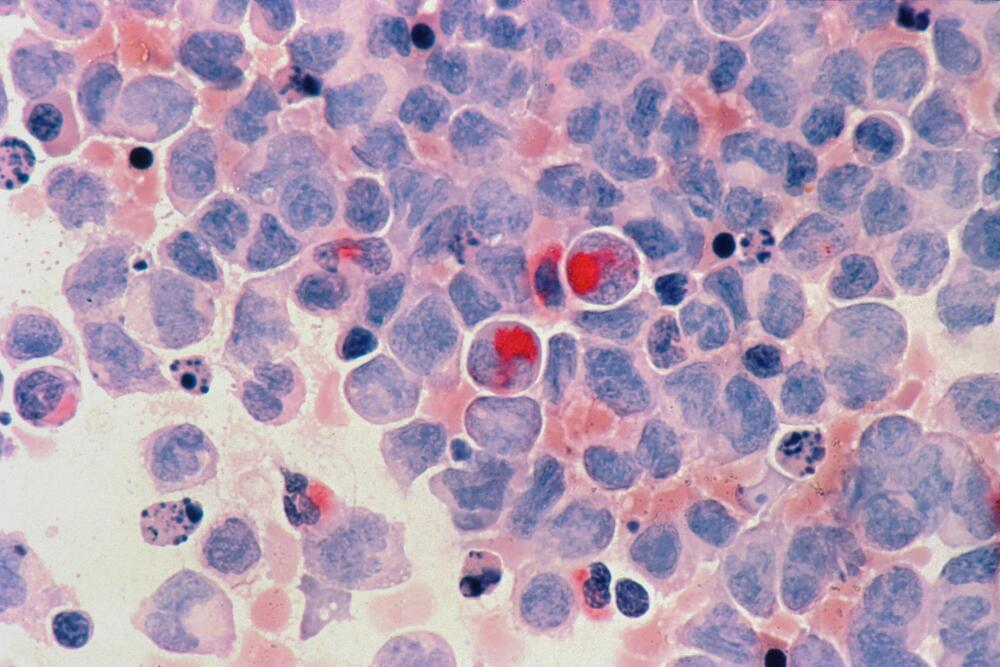A small research group from the University of Michigan has developed a three-legged skating/shuffling robot called SKOOTR that rolls as it walks, can move along in any direction and can even rise up to overcome obstacles.
The idea for the SKOOTR – or SKating, Omni-Oriented, Tripedal Robot – project came from assistant professor Talia Y. Moore at the University of Michigan’s Evolution and Motion of Biology and Robotics (EMBiR) Lab.
“I came up with this idea as I was rolling around on my office chair between groups of students,” said Moore. “I realized that the passively rolling office chair could easily spin in any direction, and I could use my legs to perform a variety of maneuvers while staying remarkably stable. I realized that this omnidirectional maneuverability is similar to how brittle stars change directions while swimming.”








